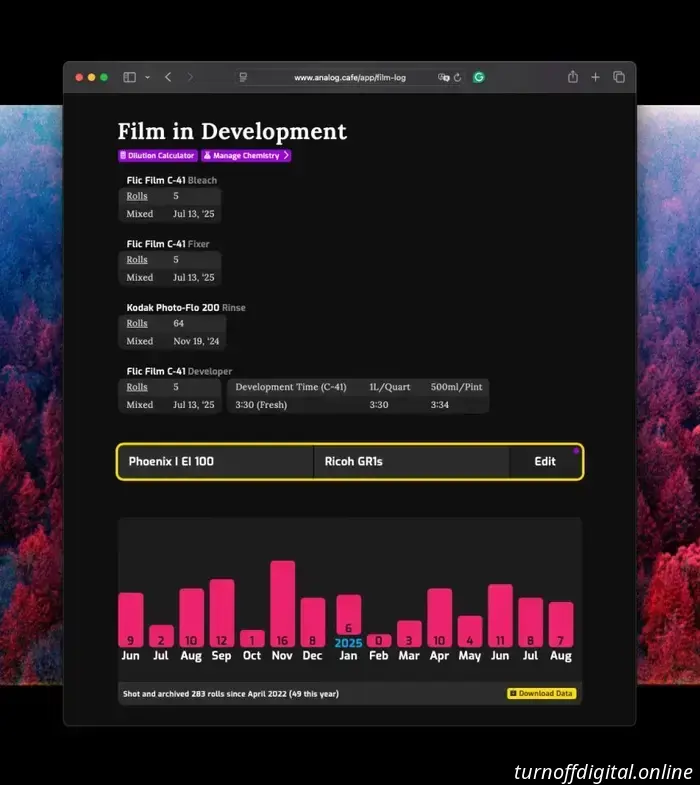
Lomography has introduced a new silver Alexanderplatz edition of their experimental LomoApparat camera. Although I haven’t tested either version, the LomoApparat cameras received considerable acclaim at their initial launch and continue to do so, thanks to their 21mm ultrawide lens, attractive design, and a diverse set of experimental filters. The original LomoApparat, which debuted in October 2022, is still available for purchase at $89.00: shop.lomography.com/us/lom…. The Alexanderplatz Edition retails for $99: shop.lomography.com/us/lom…. The name "Apparat" likely comes from the Russian term used for cameras (spelled “аппарат,” shorthand for “фотоапарат”)—though its roots lie in Latin and German. Alexanderplatz is a square in Berlin named after a Russian czar, a fact I discovered on Wikipedia: en.wikipedia.org/wiki/Alex…). As a side note, the name Lomography is derived from another Soviet camera brand, LOMO (short for “Ленинградское Oптико-Mеханическое Oбъединение,” romanized: “Leningradskoye Optiko-Mekhanicheskoye Obyedinenie,” which translates to “Leningrad Optical Mechanical Association”) and was the basis for their first commercial sales in the 1990s. I appreciate that the name of this camera offers a glimpse into its origins, or at least creates a certain ambiance. The LomoApparat has a fixed f/10 aperture and a shutter speed of 1/100s, making it suitable for ISO 200 film in bright sunlight. For different lighting conditions and film speeds, refer to the Sunny 16 Calculator: analog.cafe/app/sunny-16-c…. Full specifications are listed below: Film format: 35mm. Lens focal length: 21mm. Available apertures: f/10. Shutter speed: 1/100(N), Bulb (B). Focusing: focus free, 0.5 m — infinity. Flash: default ON, manual OFF. Flash coverage: 0.5m – 2m. Multiple exposures: yes. Tripod socket: yes. Battery supply (for the flash): 1 x AA (1.5 V). I will include sample photos in subsequent comments. #editorial🔥 #gasalthough

Preparing to develop film at home has become quicker thanks to Chem Log, which helps you monitor your chemical usage and expiration dates. #editorial

Bastien's visuals and written content contrast both stylistically and technically with the majority of articles I've shared on this blog to date. Nevertheless, I believe his reflective approach and imagery, akin to essays paired with Holgas and Agfa Clacks, provide a captivating glimpse into the mindset of a musician who views visual art primarily as textures rather than just content.

An inadequate light source can lead to problems when digitizing film with a digital camera. The colors might look dull or display a color cast that is difficult to correct fully. Optimal results are achieved with sources that utilize a carefully adjusted mix of color LEDs to produce light that closely resembles natural, full-spectrum lighting. #editorial.
Although I haven't used either, the LomoApparat cameras received considerable praise at their launch and continue to do so years later, thanks to their ultra-wide 21mm lens, attractive design, and a wide range of experimental filters. #editorial.